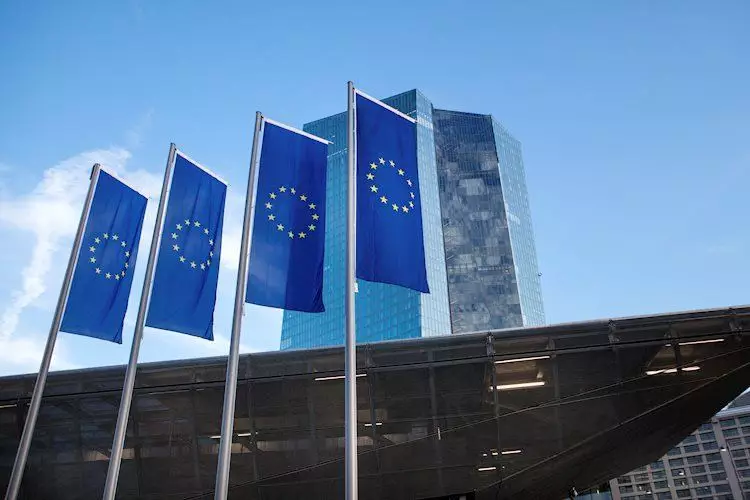In recent comments, European Central Bank (ECB) Vice President Luis de Guindos acknowledged the efforts made by the central bank to combat rising inflation. While he highlighted the progress achieved, he emphasized that it is premature to celebrate an outright victory. This cautious approach reflects an awareness of the volatility in the current economic climate, underscoring the challenges that still lie ahead.
De Guindos noted that while there are signs inflation might ease towards the ECB’s target in the upcoming year, the domestic inflationary landscape remains elevated. Although moderation is on the horizon, the economic outlook is fraught with risks. These risks are not just abstract concerns; they suggest a potential drag on growth, shifting the balance towards downside scenarios. The broader implications for monetary policy and economic health cannot be ignored.
The ECB plays a crucial role in the Eurozone’s economic ecosystem, primarily tasked with maintaining price stability, which they ideally aim to keep around 2%. This objective is pursued through mechanisms like interest rate adjustments. A delicate balance exists here: elevated interest rates generally strengthen the Euro, whereas lower rates can weaken it. The insights provided by de Guindos highlight a pivotal moment in navigating this balance, especially as the ECB deliberates on future monetary policy strategies.
At the heart of the ECB’s strategy lies its Governing Council, which convenes eight times annually to assess and decide on monetary policies. This body, comprising national bank heads from Eurozone countries, alongside permanent council members including President Christine Lagarde, must navigate complex economic indicators and external pressures. Their decisions reverberate throughout the Eurozone, influencing everything from consumer spending to international trade.
The ECB does not shy away from utilizing unconventional monetary tools, such as Quantitative Easing (QE). This approach involves the bank purchasing assets to infuse liquidity into the economy, typically when conventional measures are insufficient. While QE can alleviate immediate economic strains, it often leads to a devaluation of the Euro. Conversely, Quantitative Tightening (QT)—the cessation of asset purchases—signals a recovery phase. QT is essential for ensuring that the economic rebound does not simply fuel inflationary pressures.
The dialogue surrounding the ECB’s approach to inflation and growth is indicative of a broader economic narrative. With inflation still presenting significant challenges, and growth probabilities leaning towards the downside, the ECB’s vigilant yet cautious stance reflects an intricate understanding of the nuances of fiscal policy. As they navigate this complex economic landscape, the actions taken will be closely watched by market participants, policymakers, and the public alike. The coming months will be critical in determining whether the ECB can steer the Eurozone towards sustainable stability or if further strife lies ahead.

